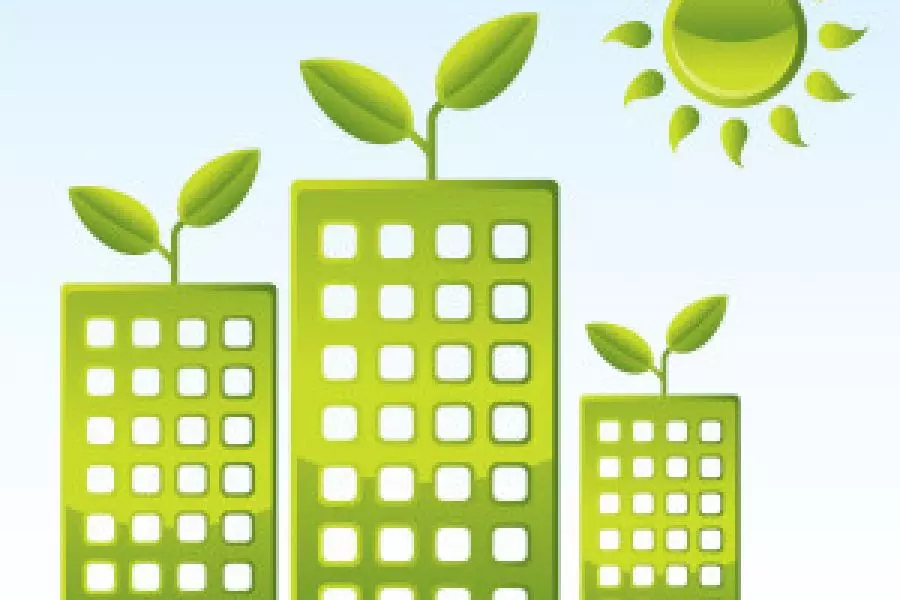
News
Five ways clean tech can make commercial buildings energy efficient

Monday 7th of June 2021
Developers and investors are increasingly aligning projects with energy-efficient building standards.
It’s predicted green buildings will be one of the largest global investment opportunities in the coming decade.
The New Zealand Green Building Council says green star rated commercial buildings have been shown to save money through reduced energy and water consumption and...
Want to read the full article?
Click the button below to subscribe and will have unlimited access to full article and all other articles on the site.





![[The Wrap] Bye Bye Bayly](https://goodreturns.publit.io/file/c_fill,w_900,h_600/39f23ac1-f7c7-4854-b700-a150004ebbac.webp)


